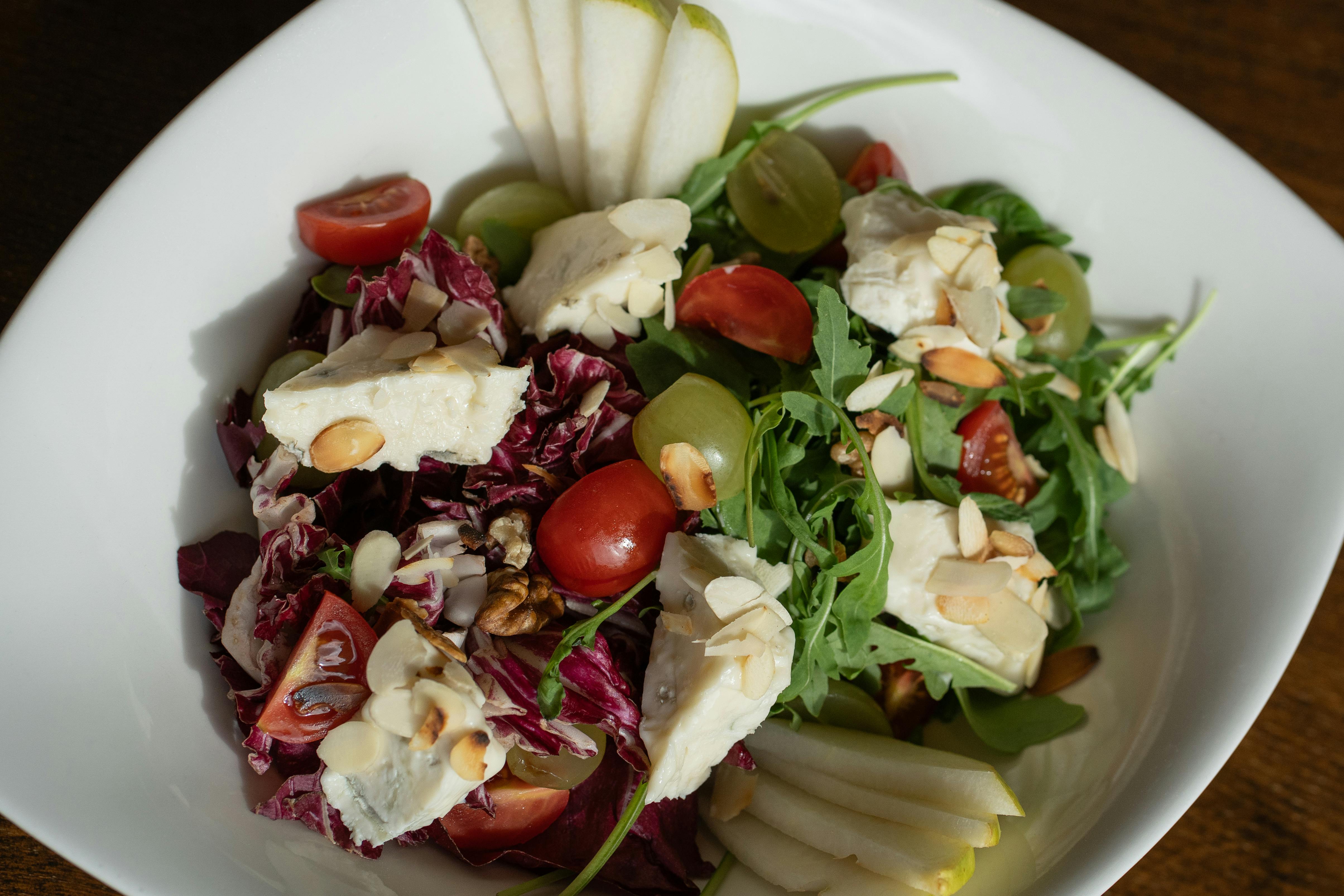Smart Guide to Leopard Gecko Diet: Top 5 Essential Foods for 2025
Leopard geckos are popular pets known for their charming demeanor and unique appearance. Understanding their diet is crucial for ensuring their health and longevity. A well-balanced leopard gecko diet not only supports their growth but also enhances their overall well-being. In this guide, we will explore the top five essential foods for leopard geckos, highlighting their nutritional benefits and helping you navigate feeding practices in 2025.
Leopard geckos require a varied diet to meet their specific nutritional needs. These reptiles thrive on high-protein diets consisting mainly of insects, supplemented with vitamins and calcium to support their dietary requirements. The benefits of providing a diverse and appropriate diet are numerous, including improved digestion, enhanced energy levels, and reduced risks of health issues.
This article will focus on different categories of foods crucial to a leopard gecko's diet, including insects, mealworms, and fresh produce. By the end of this guide, you will have a well-rounded understanding of the feeding habits of leopard geckos and tips on creating meal plans that promote their health.
Let's dive into the essentials of leopard gecko feeding, starting with the various types of insects that should form the cornerstone of their diet.

Essential Insects for Leopard Geckos
Insects are a staple in the leopard gecko diet, providing essential protein and nutrients. Selecting the right types of insects is crucial to their health. The most recommended insects include crickets, mealworms, and roaches. Each of these insects offers varying nutrient profiles that cater to the dietary needs of leopard geckos.
Crickets: The Protein Powerhouse
Crickets are commonly regarded as one of the best food options for leopard geckos. They are rich in protein and provide a substantial amount of moisture, making them an ideal choice. When feeding crickets to leopard geckos, it is vital to gut-load them with nutritional foods like vegetables before offering them to your pet. This ensures that your gecko receives maximum nutritional benefits.
Experts recommend a feeding frequency of 4-5 crickets for adult geckos and fewer for younger individuals, adjusting as necessary based on their size and appetite.
Mealworms: A Tasty Treat
Mealworms are another favored food among leopard geckos. Though they have a higher fat content, they can be fed in moderation. Mealworms promote healthy weight management when included as part of a varied diet. It’s essential to monitor your gecko’s weight to prevent obesity caused by overfeeding mealworms.
For feeding, aim for 3-4 mealworms for adult geckos once or twice a week, ensuring you balance them with leaner protein sources to maintain nutritional variety.
Roaches: The Nutrient-Rich Option
Dubia roaches are becoming increasingly popular as a food source for leopard geckos due to their high nutritional content and low fat-to-protein ratio. They are cage-dwelling insects that are easier to manage than crickets. Roaches can be fed more frequently than mealworms, making them an excellent primary food source.
When introducing roaches, start with 4-5 small roaches for adult leopard geckos, adjusting based on your pet's appetite and dietary preferences.

Supplementing for Optimal Health
While insects are essential for a leopard gecko's diet, it's crucial to supplement their food with vitamins and calcium. Calcium is vital for bone health and preventing metabolic bone disease, a common issue in reptiles.
Calcium for Leopard Geckos
Offering calcium supplements dusted on insects before feeding can significantly improve their dietary intake. Geckos should be given calcium supplements at least 2-3 times a week, with vitamin D3 added to their routine to help with calcium absorption.
Vitamin Supplementation: Key to Longevity
Beyond calcium, providing a multivitamin once a week can help address any gaps in nutrition. Specific vitamins are essential for supporting immune health and overall vitality, contributing to a longer lifespan for your gecko.
Fresh Vegetables: An Occasional Treat
While leopard geckos are primarily insectivorous, offering small amounts of finely chopped fresh vegetables such as squash or leafy greens can provide additional hydration and variety. This practice also mimics a more natural diet and keeps your gecko engaged.
Creating a Balanced Feeding Schedule
Establishing a consistent feeding schedule is important to maintain your leopard gecko’s health. These reptiles can be creatures of habit, so sticking to a regular feeding time helps manage their appetite and ensures they receive adequate nutrition.
Feeding Frequency for Juveniles
Hatchling and juvenile leopard geckos require more frequent feedings due to their growth needs. Aim for feeding them daily, providing a variety of insects and boosting their diet with additional calcium and vitamins.
Feeding Adult Leopard Geckos
Adult leopard geckos typically do well with feeding every other day or three times a week, based on their activity levels and health. Monitoring their weight and appetite fluctuations will help guide any adjustments necessary.
Common Feeding Mistakes to Avoid
One of the most common pitfalls is overfeeding, particularly with high-fat foods like mealworms. Recognizing the signs of an unhealthy diet, such as lethargy or weight gain, can help manage your gecko's food intake better. Keeping a log of what you feed can be a good practice to identify any issues early.
Conclusion
Feeding leopard geckos a balanced diet rich in essential nutrients from insects, along with appropriate vitamins and calcium, is crucial for their health and well-being. By following the guidelines outlined in this guide, you can ensure your pet thrives on a diet tailored to their specific needs. Remember that variety and consistency play key roles in your leopard gecko's dietary habits.
For more detailed insights into leopard gecko care and feeding techniques, check out these excellent resources: Leopard Gecko Care Tips and Comprehensive Gecko Diets Explained.
